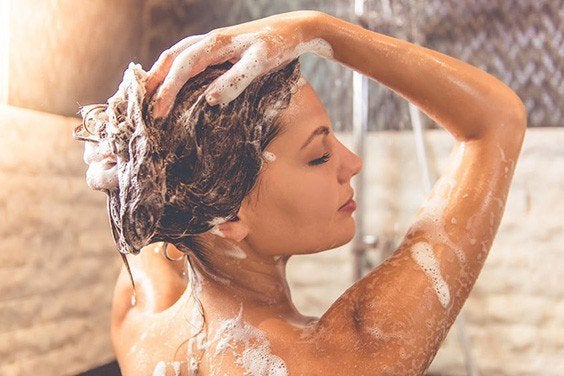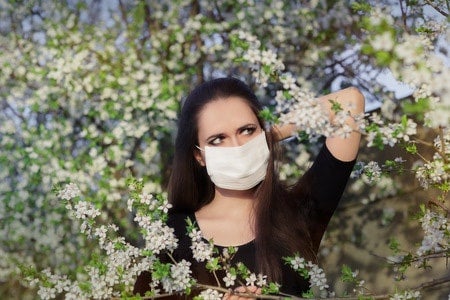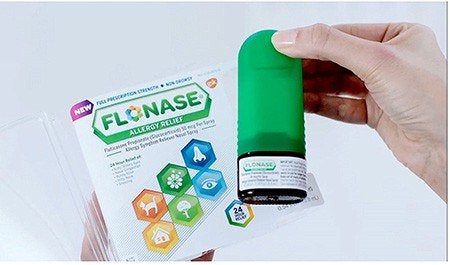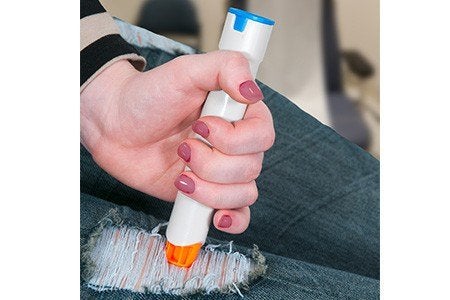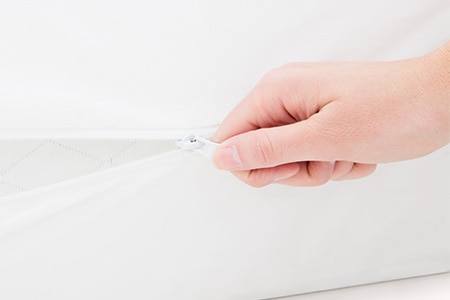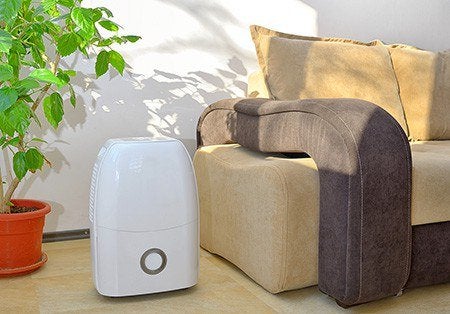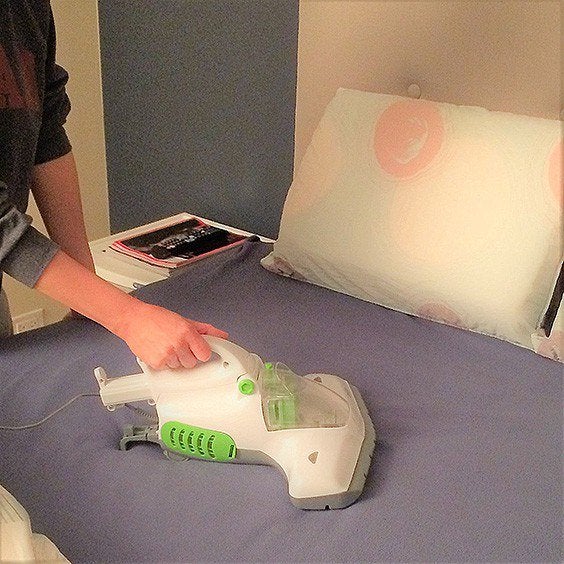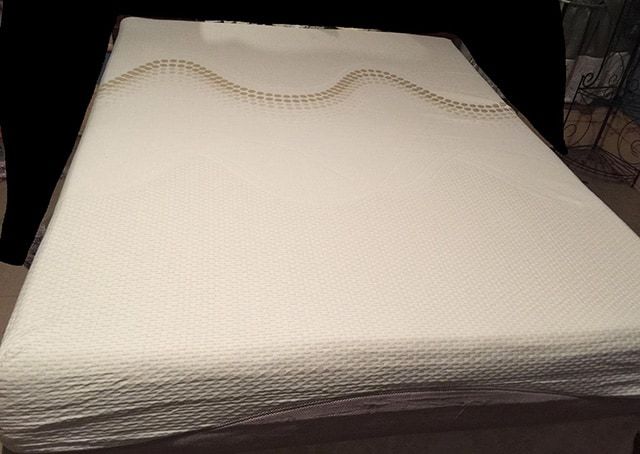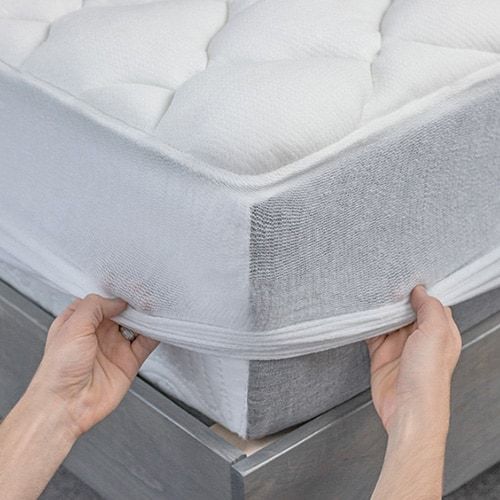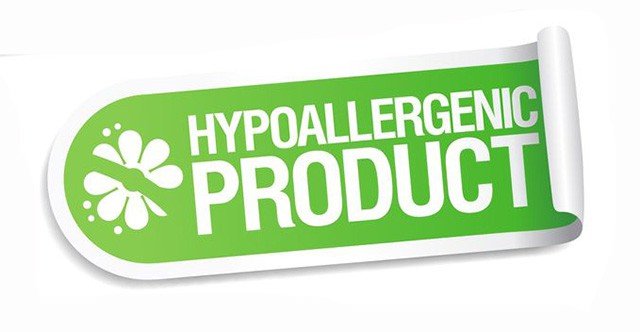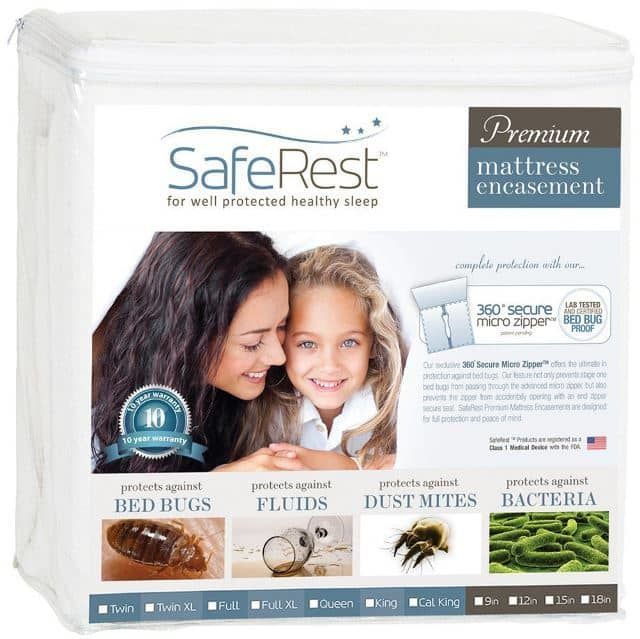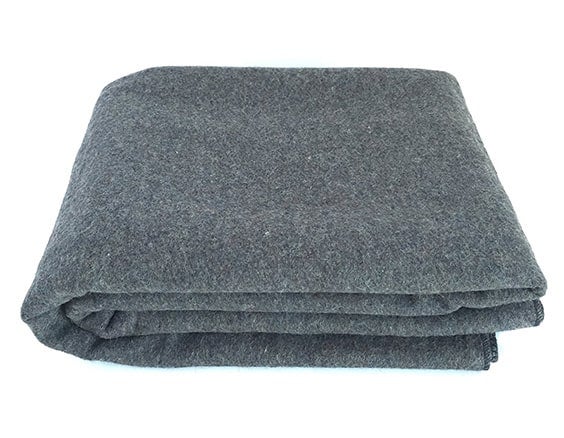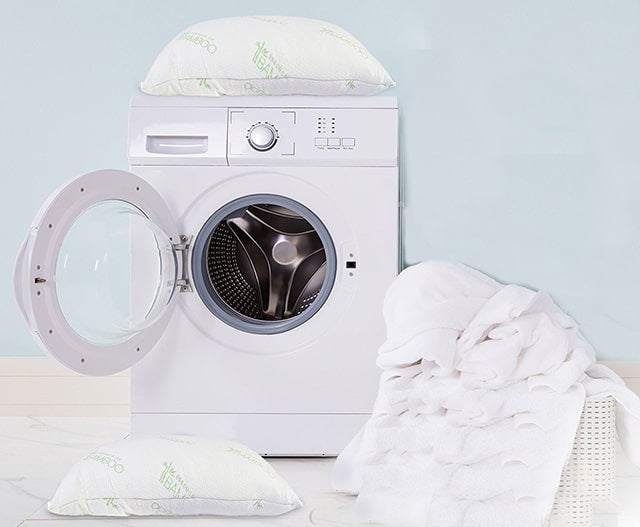Many of us may figure during certain times of the year that we are suffering from allergies when we have a runny nose and sneeze, or experience watery eyes – and you are most likely right. Seasonal allergies are common and usually only slightly discomforting to many people, but for others their lives may come to a screeching halt until their symptoms can be brought back under control.
Allergies are a hypersensitive immune response to substances that come in contact with a person’s body either through skin contact or mucus membranes (such as breathing it in or having it enter into the bloodstream through ingestion or rubbing your eye for example). When this occurs your body reacts as if it were a harmful foreign substance and tries to destroy it. For many the response may be minimal, especially since most allergens are harmless, but for others the reaction may be severe, and even life threatening.
Eczema is a skin condition defined by inflamed, itchy, red patches that appear due to the dermatitis reacting to some sort of factor. Occasionally this reaction may be related to allergies, although genetics and environmental influences are also often the culprit.
No matter the severity of the reaction in either instance, the result is often uncomfortable, and interrupts your daily functions, including sleep.
And since sleep is a critical part of the healing process, it is important to address the triggers that may cause these reactions to ensure that your sleep environment is not a cause, and to help you get the rest your body needs for recovery.
Tips to Rest Easier
Obviously the first tip is to avoid what triggers your symptoms of both allergic and eczematous reactions if you have pinpointed their causes. This may not always be completely possible, but a conscious effort to do so will help in the overall treatment. Applying the following tips to your lifestyle will help avoid the worst of symptoms in order for you to better relax each night:
— Eczema Relief
Take care of your skin since initial irritation is what usually causes a worsening of the condition as you scratch at it. Clean affected areas well with mild soaps and water without scrubbing, and be sure to moisturize well to help trap in your skin’s natural moisture since drying can exasperate the irritation.
Add a cup of bleach to a tubful of water to soak and wash in a few times a week to help rid your skin surface of the bacteria that can get into skin irritation and make it worse. Natural oils, oatmeal, salt and baking soda are also additions you can add to your baths to help moisturize, clean, and ease discomfort.
Avoid long, hot showers as they can dry out your skin. If you do moisturize with high oil moisturizers (avoid fragrances) within 3 minutes to trap in skin moisture.
Manage your stress with regular exercise, meditation, or anything you enjoy that helps ease your mind.
Get a humidifier to help provide moisture to the air, and your skin.
Talk to your doctor about both over the counter and prescription medications. If you are suffering from symptoms, many lotion or by mouth hydrocortisone and antihistamines make take away the worst of it. A doctor can prescribe something stronger if needed.
— Allergy Relief
If your allergy symptoms are related to skin conditions, much of what is mentioned in relation to eczema relief will pertain to these as well. Rashes and hives both often respond well to mild cleaning and moisturizing, as well as over the counter lotions and antihistamines.
Wearing protective breathing masks, sunglasses, and washing your hair after being outdoors if you have allergies triggered by outdoor pollens and plants can be very effective. If you have a pet that goes in and out of doors you may want to consider wiping them down with wet clothes as well to help remove allergens from their coats.
Nasal sprays can also help reduce inflammation of the airways and help with breathing. Typically doctors can prescribe the one that may work best for your symptoms.
You may be interested in: The Best Nasal Spray for Bedtime
Your doctor may also prescribe oral medications to help with multi-symptom presentations to provide relief. Generally these need to be taken daily in order to be effective as they build up in your system and release into your bloodstream.
Eye drops for allergy relief can also help with itchy, watery eyes.
If you have had sever allergic reactions in the past, or symptoms of anaphylactic shock, you also will need to carry around epinephrine, an emergency dose of adrenaline which will open airways and narrow blood vessels to combat low blood pressure.
You may want to read: Our Smartsilk Comforter
Consider Your Sleep Environment
Since your sleep environment may be an additional symptom trigger, consider the following to ensure an uninterrupted night’s rest:
Dust mites are microscopic and are found just about in every place that doesn’t get regularly dusted down (like in the creases of your bedding). Dust mite proof your bedding by washing it once a week in hot water, and use dust mite proof covers (explained in detail below). Carpets and rugs are also where they like to hang out. If replacing these are not an option, be sure to vacuum regularly and wear a mask while vacuuming as to not inhale any dust that might cause a symptom flare-up.
Get rid of mini-blinds and heavy drapes around your windows. Instead use washable curtains and roller shades that don’t catch dust as easily and are easy to wipe down. Also clean your windows and window frames regularly which can catch dust and mold or mildews.
Use a dehumidifier to help draw excess moisture out of the air which can hold pollens and other allergens, as well as influence molds. Keeping temperatures below 77 degrees is also conducive to a healthier environment for you, and less of a one for those mentioned above.
As much as you may love your pets, even if you know you are not allergic to them, they do carry in many allergens which may make your symptoms worse. Consider leaving Fido outside the bedroom door to help keep allergies at bay each night.
Bedding Choice and Their Care
Your bed and bedding are the most important aspect of your sleep environment, and what choices you have and how you care for them can make a very large difference pertaining to the severity of the symptoms you suffer from. Take into account the suggestions offered below to either replace, remove, or care for your existing bedding.
• Mattresses
The type of mattress you choose has a lot to do with allergy symptoms. Since dust mites are the culprit of the worst of many allergies, as mentioned above you really need to create an environment where dust cannot accumulate. Many mattresses now are made with hypoallergenic fabrics, meaning they are woven tightly together to keep dust and other allergens from being able to work their way into the bed.
Mattresses that contain an innerspring system generally are NOT the choices you want due to the open spaces they create that house dust mite, as well as molds or mildews that may accumulate from dissipated body moisture in humid climates.
Most people who like an innerspring or innerspring hybrid do so because of the bounce and support innerspring lends to your sleeping comfort, and so some of you may be groaning right now if you suspect your nighttime suffering may be due to your mattresses choice. But no fear, there are mattress alternatives (or solutions- see below) on the market that lend many of the same qualities if you are willing to do your research!
Pillowtops and quilted tops can also attract dust mites due to the extra loose padding they have, so it’s important to include these types of mattresses in your regular cleaning routine. A good vacuuming will generally do the trick to help keep them at bay.
The best mattresses to choose are memory foam, or natural latex (which offers a similar bounce to an innerspring) to help deter dust mite accumulation. Be careful when choosing latex however as many people who have severe allergies may also have a latex allergy. If you know that this may be an issue, steer clear from that choice and stick to a hypoallergenic memory foam mattress.
• Mattress Pads
Because mattress pads sit upon a mattress and of extra material, they truly are not always the best choice for anyone suffering from allergies. If you cannot live without a mattress pad, make sure to clean it weekly either by shaking it out or vacuuming it. Leaving it out in the sun can also help air it out and kill off any lingering dust mites, but you may also expose it to outside allergens by doing so.
You may want to read: Are Your Bedsheets Dirty? How Often Should You Wash Them?
• Pillows
Pillows, like your mattress, can be a variable hot bed of dust mites, and so it’s especially important to keep them well washed and even double encased to keep this away from your face as you sleep. Plus what your pillow is stuffed with can also cause symptoms, such as down feathers, which may be the culprit themselves due to the dirt that may be left on them after washing. Non-allergenic feather pillow do exist through if they are a preferred choice.
Your best pillow choices include natural cotton or wool fibers as they are naturally breathable and dry out dust mites. Plus this keeps molds and mildews at bay as well. If you have contact allergies to wool, you can choose cotton casings to help keep it off your skin.
As with your mattress, you may want to avoid latex and choose a latex free pillow if you believe you may have a latex allergy. Even though latex can be an organic product, like wool it does cause allergies in some people.
Best Bedding for Allergies and Eczema Sufferers
Of course, no matter how well you clean and take care of your bedding, you may still be exposed to allergens or triggers of an eczema flareup. Since bedtime allergies are most often caused by dust mites and pollens, protecting your bedding is often your best choice. Eczema sufferers often experience discomfort due to the materials used in bedding materials, so care should be taken when choosing what comes in contact with the skin to avoid flare ups or additional irritation to existing conditions.
1. Definition of Hypoallergenic
Before we get too much in depth concerning products for allergy and eczema relief, let’s define this word that keeps getting tossed about: hypoallergenic. This isn’t a special magic product made to get rid of allergens, although it can help to reduce symptoms. Instead hypoallergenic bedding works to eliminate dust mites by using tightly woven fabrics to keep them from penetrating through the material and into the cracks and crevices of the fabrics of your bedding and mattress. Impermeable backings can also help with this, such as what is found in mattress protectors. Fabrics used are also often synthetic free, or chemical free, dye free, or use color-safe dyes that don’t bleed.
2. Eczematous Friendly Bedding
The number one rule for eczema sufferers is to find skin friendly bedding. The following products are of course helpful as well, especially is the eczema flareups are allergy related in any way, but they still won’t be effective if skin contact is irritable. Material choices will differ from person to person, but a general rule of thumb is to use natural, breathable fibers as most synthetics, or blends may contain chemical additives which create a contact dermatitis.
Certain dyes may also cause irritation, so check labels for color-safe instructions, meaning it doesn’t need to be washed separately as colors will not bleed. If they bleed in the wash they will rub off on your skin as well.
Also keep in mind that eczema is technically NOT an allergy, so choosing allergy-free, hypoallergenic bedding labels aren’t usually a solution to this condition. Although many of those products may help, they don’t usually work as a stand alone to alleviate symptoms.
Cotton is almost always the preference for anyone suffering from eczema. Luckily this is a pretty easy fabric to come but, just make sure to get high quality, organic weaves without chemical additives. The products described below can almost all be exclusively found as a cotton choice, or non-PVC choice.
3. Mattress and Box Spring Protectors
This is where you innerspring mattress lovers can rejoice. As explained an innerspring mattress, and anything else that has open space for critters to take up residence, can be a source of allergen accumulation. However, you can encase your entire mattress and box springs in protective covers that keep out the worst of it and can be removed for quick cleaning when needed. These cases may often have synthetics woven into them to help provide a very closed membrane, but since your sheets, and even other mattress pads or waterproof protectors (especially if you have children) can be layered on top you don’t come in contact with it through the night.
4. Sheet and Blanket Choices
Cotton Blanket
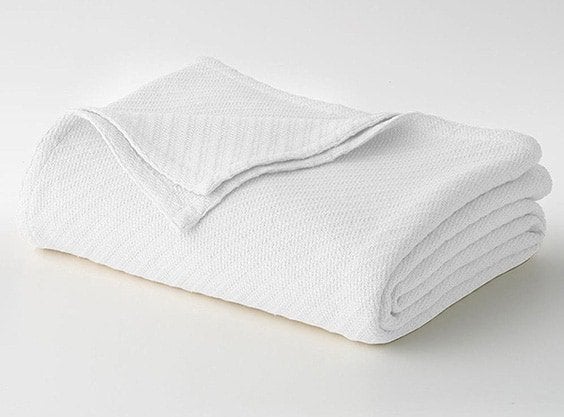
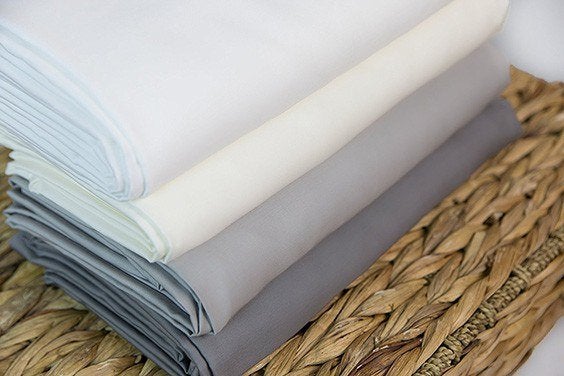

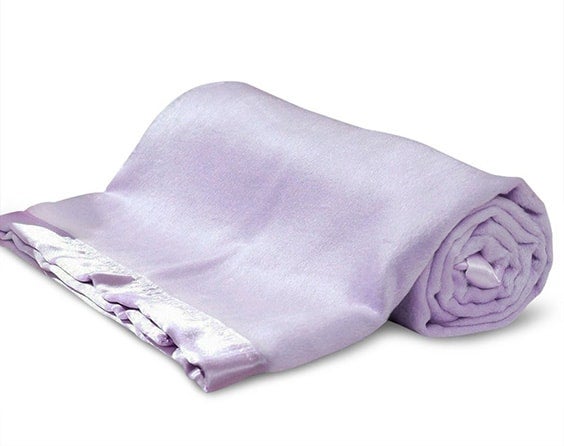
As mentioned natural fibers truly are the way to go. Cotton, bamboo, linen, silk, and wool are all good choices, barring any allergies you may have. Wool and cotton especially are naturally hypoallergenic and dry out dust mites due to how well they breathe. Since dust mites thrive in more humid environments, anything that stays dry isn’t for them.
Most duvets are polyester filled which may be somewhat problematic for eczema sufferers, but with a little research you can generally find good all cotton alternatives. Plus quilts can be a better choice if duvet selections are not to your liking.
You might want to check: Best Wool Blankets
5. Pillow Protection
Do yourself a favor and buy a natural, hypoallergenic pillow encasements, similar to what is available for mattresses and box springs. Pillows truly are a favorite hiding spot of accumulated allergens due to the looseness of the fabric. Choosing natural fibers, encasements, and sheets will definitely help, especially when washed regularly.
6. Laundry
Also important to consider is what you wash your bedding in. Use fragrance free and dye free detergents, or those specifically made for allergy or eczema sufferers. Plus, be sure to wash bedding in hot water (130+ degrees) to make sure dust mite death occurs and any sort of bacterias are unable to linger.
Conclusion
If you suffer from allergies or eczema, then you are probably already aware of how it can disrupt your sleep habits. Hopefully you were previously aware of how your bedding can also be a culprit of your symptoms, but if not: taking a few steps to ensure you have a more friendly sleep environment can help you get the rest you deserve.
Be sure to visit with your healthcare provider to better pinpoint your triggers, and create daily habits to alleviate your suffering so the steps you’ve made in the bedroom are more effective. Washing your bedding regularly, using the more skin friendly materials, and protecting your sleeping surfaces can go a long way towards an uninterrupted sleep.




